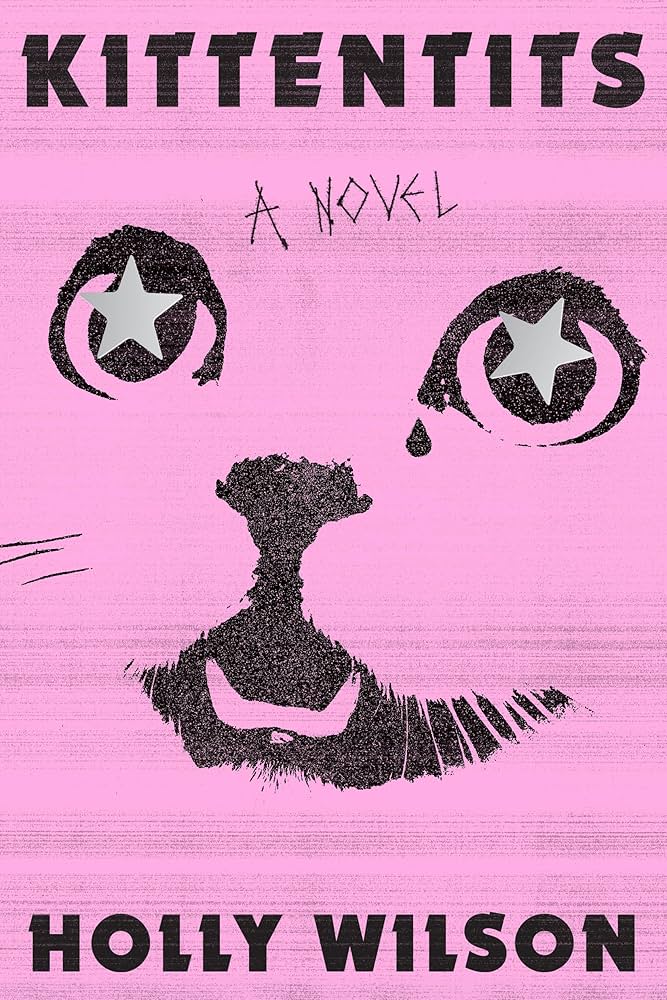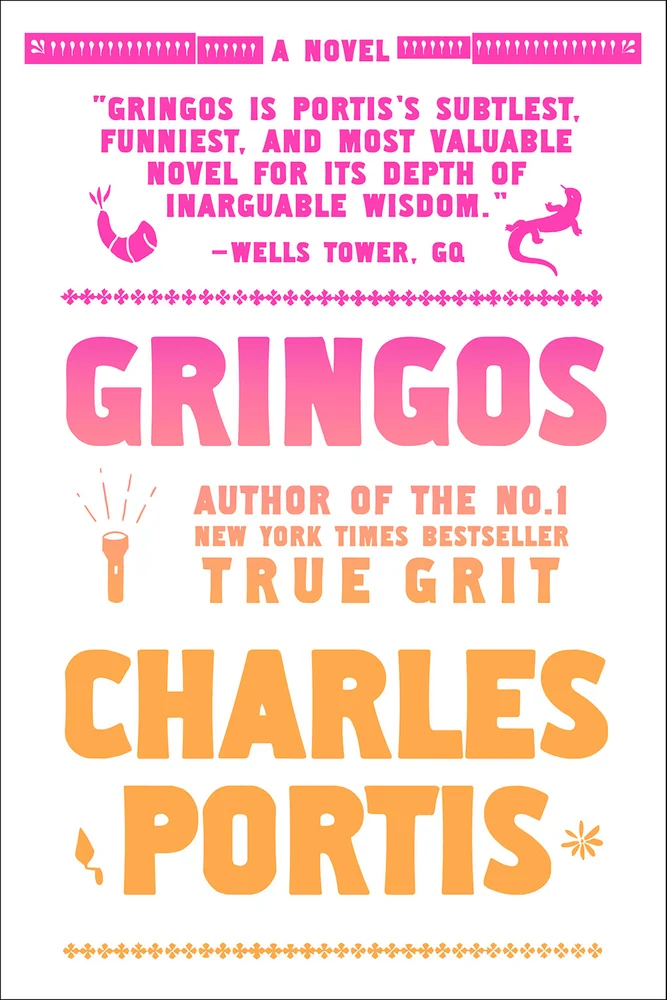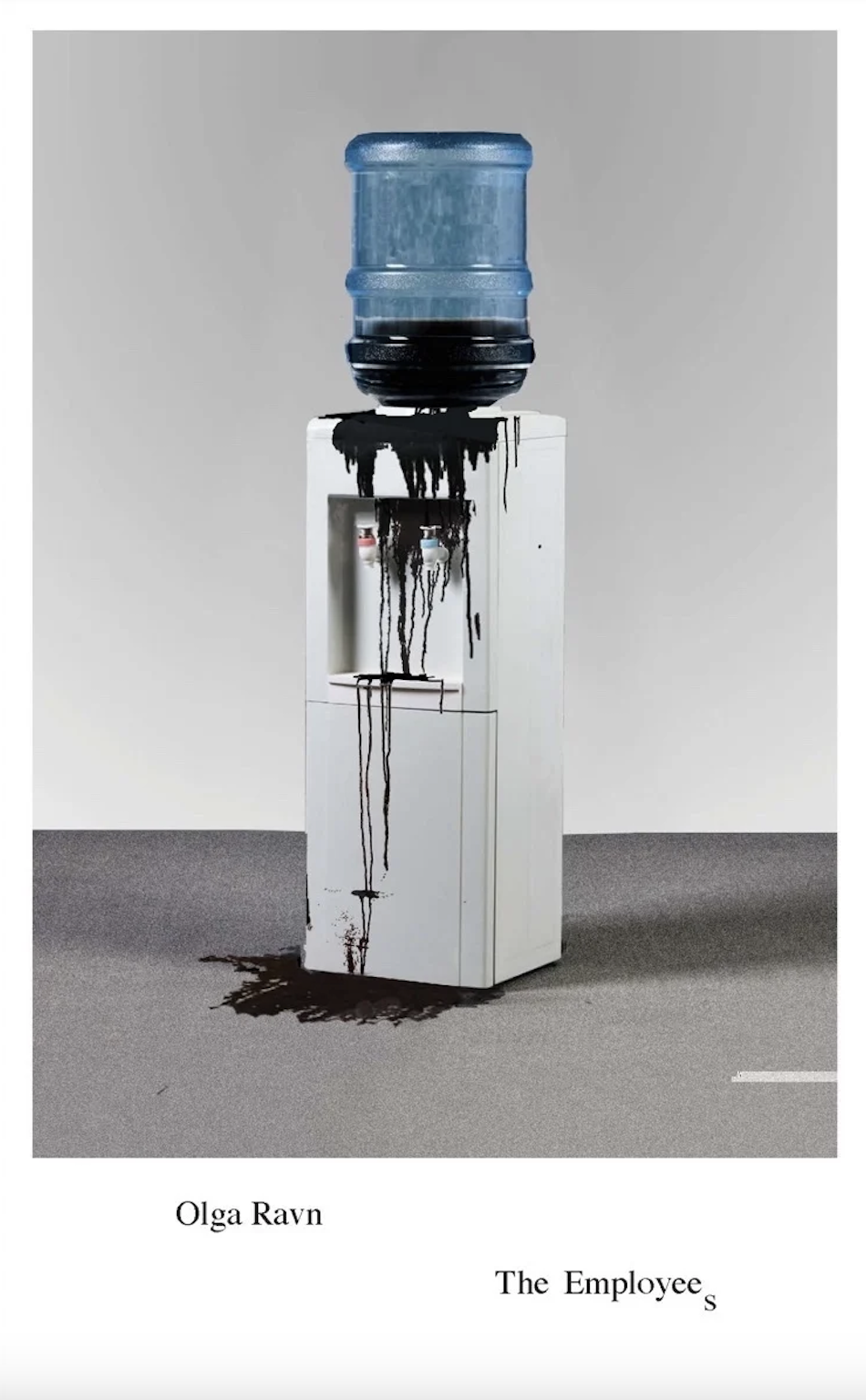By HOLLY WILSON
Reviewed by OLGA ZILBERBOURG
Molly is a badass. Obvious, isn’t it, from the novel’s title? Kittentits. That’s her, Molly. She’s a motherless white ten-year-old kid, living in Calumet City, Michigan. It’s 1992, and she’s obsessed with attending the Chicago World’s Fair, about to open downtown.
Before she gets there, Molly comes to idolize a woman who tried to kill her conjoined twin; runs away from home to Chicago’s South Side neighborhood of Bronzeville; meets an elderly polio patient living inside an iron lung who gives séances; and befriends an African-American ghost boy and artist, Demarcus. Together, Molly and Demarcus hatch a plan of necromancy to commune with the ghosts of their dead mothers. They camp out at the Fair for weeks, waiting for New Year’s Eve to perform the ritual.
Built around the Sea of International Waters, a man-made lake with a glass elevator that takes the visitors to the all-glass Submarine Palace beneath, the Chicago World’s Fair also features the Autotopia, Night Town, and World and the Sea pavilions. My particular favorite is a pavilion showcasing a cross-section of a whale, entrails visible.
Elaborate fiction, all of it, from the whale to the fair itself. As Wikipedia informs me once I finish the novel and sit down to write this review, the 1992 Chicago World’s Fair never actually occurred. Approved by the International Bureau of Expositions in 1982, plans for it immediately ran into budget difficulties and were scrapped in 1983. Count me fooled, Holly Wilson.
Duped, I go back to the first page of the book and marvel at the pace with which incredible details accumulate, and how many of them I’m willing to take for granted. Molly lives in a Quaker House of Friends with her blind father and a woman named Evelyn, who homeschools Molly. Some months prior to the novel’s opening, a terrible fire at the House of Friends kills two people and returns vision to Molly’s dad: “Two people died, Evelyn’s forty-year-old son Bruce and Sister Regina, but Dad got back his vision when a flaming ceiling beam banged his head. Boom just like that and he saw 20/20.” Oh, and Molly sees the ghost of Sister Regina, who was one of nine residents of the House of Friends before the fire. Now she floats about the house, trying to hug Molly but going through her, a nuisance.
I firmly believe that ghosts aren’t real, but as a reader accustomed to novels in the realist genre, I’d gone along with this information, thinking, well, who knows what Quaker ten-year-olds might believe? Molly also helps Evelyn go door-to-door to pass out pamphlets advertising the House of Friends’ Organic Community Garden. That all sounds mundane and believable enough. As does a blind man regaining his 20/20 vision after being hit on the head by a flaming beam. Right?
Then, Jeanie shows up. Jeanie is this House of Friends’ first “Resident Friend” since the fire: she has recently been released from a Juvenile Correctional Facility and still has to regularly check in with her probation officer. Jeanie’s crime is the attempted murder of her formerly conjoined twin sister Mombie, an extreme case of sibling rivalry. Both Jeanie and Mombie have giant scars on their sides to show where the two of them had been connected. The attempted murder happened shortly after the death of their mother, who ran a wax museum in Kansas and who, when alive, had been able to deescalate the twins’ fighting. Molly is instantly charmed by Jeanie’s dirt bike and outfit consisting of “cut-offs, a Candlemass T-shirt, and dirty ripped Keds,” as well as “tattoos going up and down all ten fingers.” Later on, Jeanie will send Molly on a quest of her own, to steal from Mombie a wax arm in which Jeanie and Mombie’s mom’s ashes are entombed.
It was the mention of the Wild West Waxworks and Autograph Gallery of Dodge City, Jeanie’s mom’s establishment, that finally clued me in to what kind of novel I was reading. This isn’t realism and it isn’t fantasy. While Wilson creates her own genre at the intersection of Gothic and grotesque, here I want to elaborate on the second of these terms, which has been described by Russian philosopher Mikhail Bakhtin. According to Bakhtin, before the realist novel “of grand style,” before Balzac, Hugo, and Dickens, there came Rabelais, Cervantes, and Shakespeare, the writers of the grotesque. “When divorced from that origin [in the grotesque], realism becomes static, empirical, socially typifying,” wrote Bakhtin scholar Simon Dentith. Carnival-grotesque allows writers “to liberate from the prevailing point of view of the world, from conventions and established truths, from cliches, from all that is humdrum and universally accepted,” according to Bakhtin in Rabelais and His World, translated by Helen Iswolsky. Though historians have questioned Bakhtin’s chronological assertions about Medieval art, carnivalesque provides an exciting interpretative lens for scholars of imaginative fiction. Its thread in English language writing has been picked up by such writers as Angela Carter in Nights at the Circus, Salman Rushdie’s Midnight’s Children, and Carmen Maria Machado in Her Body and Other Parties.
Wilson’s novel, too, is a carnivalesque feast. It offers a constant spectacle of death and renewal in exuberant, entirely over-the-top settings. Most characters have a tragic death story attached to them. There are deaths in car crashes, fires, several forms of cancer, and an epileptic girl who dies from an attack of epilepsy that happens when she’s in prison. Jeanie dies in a hot-air balloon crash.
In the topsy-turvy world of the carnival, it is absolutely appropriate that ten-year-old Molly curses. She curses constantly, with zeal and imagination, and yet childishness. To prove that she would do anything for eighteen-year-old Jeanie, who is the first person at the House of Friends to address Molly as a peer, Molly accepts Jeanie’s offer to pull out the tampon from her vagina. “And I do, I fucking tug on [the tampon’s string], I do! Because goddamn it, I’m no pussy.” Here’s Molly later on in the novel, at a séance, asking to find out if her Jeanie is dead, and if dead, quite how dead: “No way she’d spent her ghost life with yo-yo fuckers and cancerface kiddies, she’d be somewhere way cooler riding cuss words into the sky.”
The novel is attentive to the lower and inner body functions that in the culture of carnival represent the cycle of life and rebirth. In the following passage, Molly is excited at finding herself inside that exhibit of a cross-section of a dead whale at the (imaginary, I remind myself) Chicago World’s Fair. The whale organs light up one by one at the push of a button: “All neon pinks and blues, orange and greenish yellows. Meaty and fishy and circulatory, splendid to behold.” Molly’s necromancy ritual, the pinnacle of the plot aimed at bringing her in touch with her mother’s ghost, is an invocation of the grotesque: “My path is sacred and I’ve made an energetic contract to honor it, so blessed be my bloody scabs, my hurt feelings, my infected toes.”
And yes, Molly does pick off and eat her scabs.
One particular area of grotesque irreverence with which readers might find themselves uncomfortable is this novel’s treatment of race. Race is a very serious subject in our culture as are the privileges and the degrees of power that systemic, race-based discrimination entails. Wilson treats it as such, yet she upends our expectations of racial relationships established by realist fiction. There isn’t room for color blindness here. Molly frequently refers to herself as a “fucked up white girl,” and she lets us know the racial and social status of almost everyone she meets. The carnival-grotesque genre allows Molly to be hyper-aware of race and able to narrate her white privilege in a way that would be extremely unlikely for a ten-year-old in a realist novel.
Most white and Black characters in the novel are self-aware in a similar way, yet the novel doesn’t allow this self-awareness and stereotypes to curtail each character’s own arc and existential quest in the book. For example, I’ve been calling Demarcus a ghost in this review, but that’s a simplification (also sometimes used in the novel). From his first appearance, he actually insists on being called a “thought form.” “Call me post-physical abstract expressionism, but don’t call me a ghost. Ghosts aren’t real. I don’t believe in them,” he tells Molly when she meets him for the first time as a see-through and chalk-colored apparition. This is, indeed, more precise, because as we learn at the end of the novel, Demarcus is a thought form that is thought up by his dead mother. His mother had once hoped for children, but never had any, and Demarcus is a thought form of an imagined child of a deceased woman. He never existed in the first place. He’s a fiction.
And so is Molly. Sooner or later, a reader of this novel is bound to ask herself a question: is Molly real, and how real is she? Is she a living character, a ghost, or a thought form? Perhaps she actually died in the fire at the House of Friends that took place before the start of the novel. Or perhaps she died when she ran away from home, like her Quaker community thinks. Or perhaps Molly died at the same time as her mom, when she was killed in a car crash. “Where was I, was I okay [during the car crash]? … Thanks for your concern but who the fuck knows? I was just some dumb fucking baby then.” There are so many opportunities for her to die. Then, of course, we have to remember that she never existed in the first place: she’s a product of her author’s imagination. It’s only as a result of the carnivalesque details, the gory scabs and the nasty curses, that the novelist dupes us into believing her existence in the first place.
The carnival-grotesque devices enable the author to do something else as well. They provide an alternative to typical trauma and grief narratives by refracting stories of loss and harm through a set of trick mirrors. As we learn in preparation for Molly’s necromancy ritual, what enables Molly to see Demarcus and other deceased characters in their “thought form” is grief: “Grief is the amplifier. Grief is the thing that transmits and receives.” Molly thinks it’s unfair that she sees the ghost of Sister Regina and not her mom. She wants to see her mom and to feel anything but sorrow. And yes, her quest eventually succeeds, and she meets her mom’s ghost. “In this world you will have trouble,” the ghost mom says. “And for some troubles mothers are not the needed thing.” She then also adds, “I think you’re a twitchy fucker who bats hard,” and gives Molly a sticker of a gold star. Thanks to the grotesque amplification, the image of grief and suffering that reaches the reader is so strange that I couldn’t help but laugh at it. This is why we are at the Chicago World’s Fair, after all: to celebrate life’s devastations and its ridiculous, stupid, grotesque unfairness.
Olga Zilberbourg’s English-language debut LIKE WATER AND OTHER STORIES explores “bicultural identity hilariously, poignantly,” according to The Moscow Times. It also deals with bisexuality and immigrant parenthood. Zilberbourg’s fiction, essays, and translations have appeared in World Literature Today, On the Seawall, Narrative Magazine, Electric Literature, Lit Hub, Alaska Quarterly Review, Confrontation, and elsewhere. Born in Leningrad, USSR, in a Russian-speaking Jewish family, she makes her home in San Francisco, California where she co-facilitates the San Francisco Writers Workshop. Together with Yelena Furman, she has co-founded Punctured Lines, a feminist blog about literatures from the former Soviet Union. She is currently at work on her first novel.





